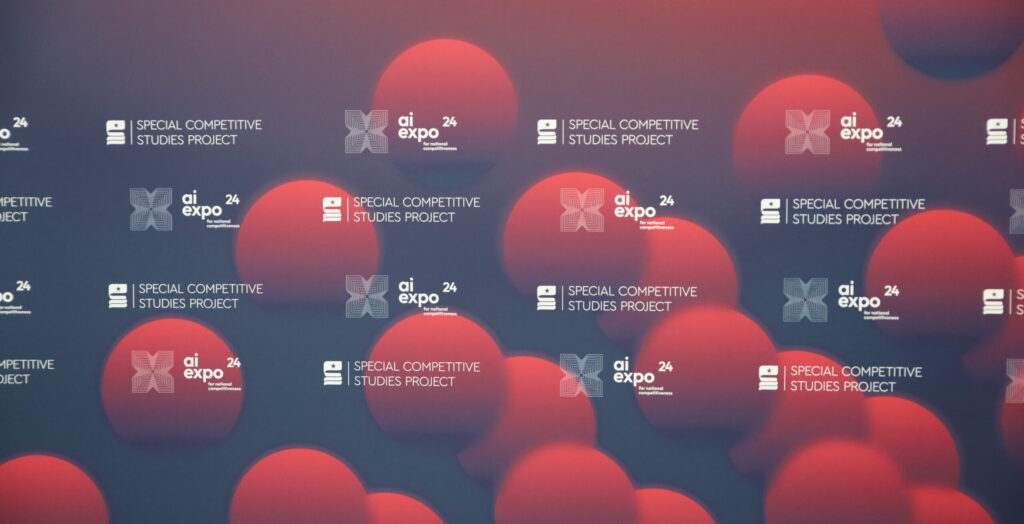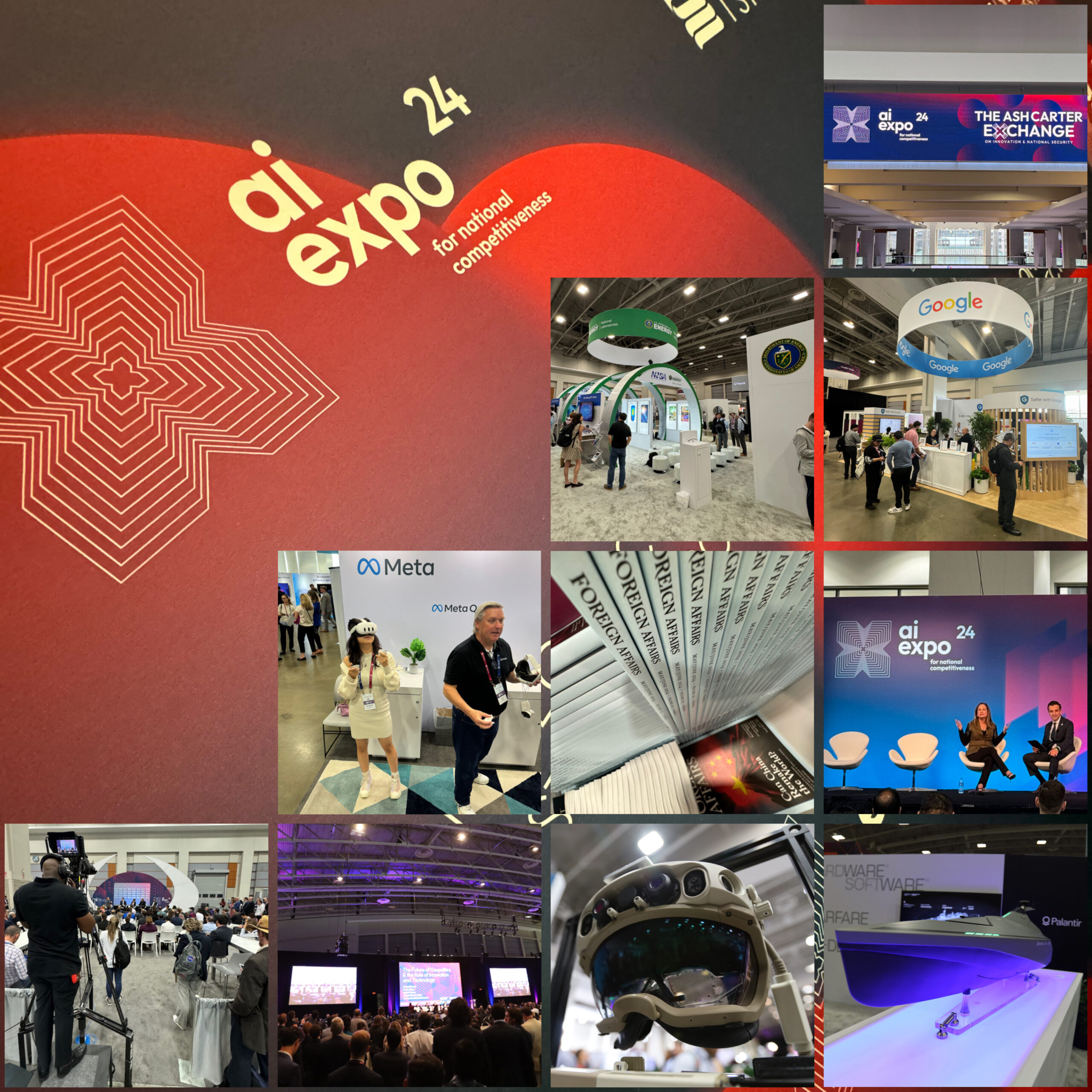Tech Visionaries Debate AI Potential (and Peril) at AI Expo in Washington DC
AI Expo Draws Massive Crowd in Washington D.C.
The highly-anticipated AI Expo for National Competitiveness and the Ash Carter Exchange drew a massive crowd of over 13,000 attendees to the Washington D.C. Convention Center on May 7th and 8th. This flagship event united luminaries from universities, corporations, and government agencies to explore artificial intelligence’s rapid advancements and wide-ranging impacts across technology, business, public policy, and defense sectors. With a spotlight on responsible AI development, the expo featured keynote speeches, panel discussions, and exhibits showcasing innovative breakthroughs in AI. A resounding message emerged: AI’s future promises to transform global landscapes, making it critical to stay ahead of the technology curve to promote shared interests and prevent misuse of the rapidly evolving technology.

Senate Plans Comprehensive AI Roadmap
Speaking at the AI Expo, Senate Majority Leader Chuck Schumer revealed plans for a bipartisan Senate working group to unveil a comprehensive AI roadmap in the coming months. This framework aims to guide lawmakers, policymakers, and industry stakeholders through AI’s complex developmental and deployment landscape. Schumer emphasized the critical need to ensure innovation is encouraged within essential “guardrails” to promote responsible use of AI.
Debating AI’s Role in Modern Warfare
Echoing this need for responsible AI development, Joint Chiefs Chairman Mark Milley underscored the importance of developing AI in ways that prioritize civilian safeguards against the proliferation of unchecked AI and its unintended perils. Milley’s remarks sparked lively debates around AI’s role in modern warfare and the need for international cooperation in regulating its advancement. General Milley, in a discussion invoking both agreement and disagreement among CIA Deputy Director David Cohen and Palantir Founder and CEO Alex Karp, warned that although AI may alter how targeting is conducted it won’t change the fact that innocent civilians will be directly at risk, particularly in densely populated urban warfare and targeting scenarios.
AI in Warfare: A Reality Check
General Milley, the only military veteran on the panel, emphasized that war is “horrible, brutal, and vicious“. Milley cautioned against the dangers of rushing into conflicts with the false assumption that AI in warfare would automatically make military operations distinctively safer for civilians and the military. The idea that war can be conducted without violent consequences is fiction. Milley reiterated the importance of understanding that overestimating AI’s capabilities mustn’t become a catalyst for inaccurately believing military conflict would be somehow safer to initiate and conduct. War must always be an instrument of last resort.
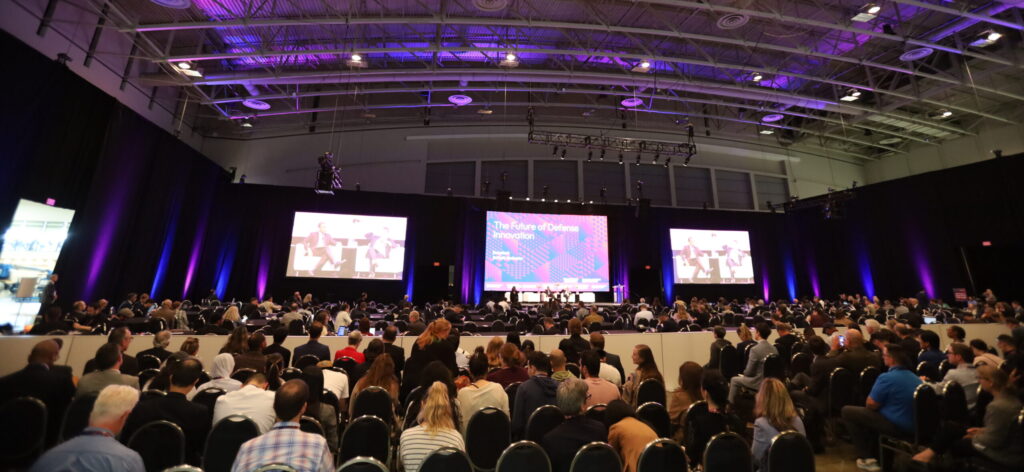
Hyundai Showcases AI-Driven Autonomous Vessel
Numerous companies exhibited at the AI Expo, showing their latest AI innovations in hardware, software, and data analysis applications. South Korean conglomerate HD Hyundai showcased Tenebris, an unmanned autonomous vessel (USV) incorporating AI naval maritime applications. The vessel’s sophisticated sensors and AI navigation optimize routing, conserve fuel, and boost overall efficiency. The Hyundai team from Korea is partnering with US-based company Palantir to develop Tenebris and field a demo version within two years. USVs have become increasingly important in naval operations such as coastal surveillance missions. Ukraine has successfully used naval drones to sink Russian ships in its ongoing defense against the Russian invasion. AI drones could revolutionize naval operations if and when the use of AI in drones becomes widespread and could force a reevaluation of the investment in building large capital ships such as aircraft carriers.
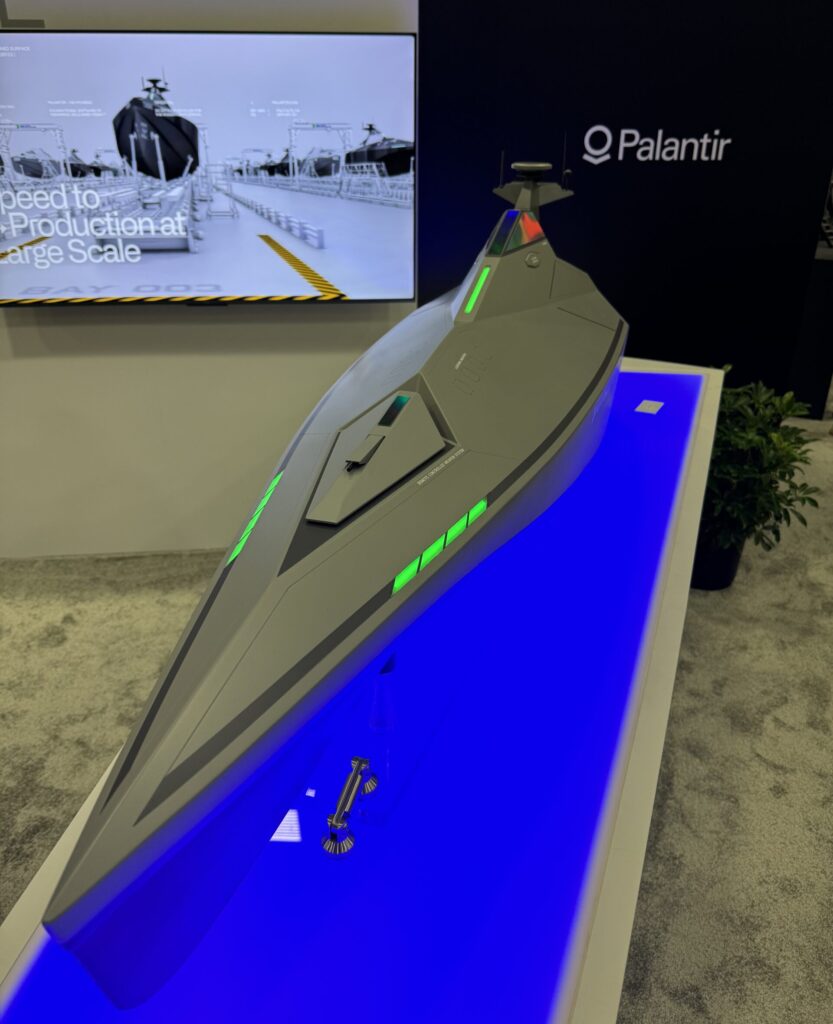
Microsoft Unveils AI Service for US Defense
Microsoft made waves by unveiling an AI service aimed at meeting escalating US intelligence agency demands. US defense organizations operate on separate classified networks such as SIPRNET and JWICS that are not connected to the internet. Lacking a direct connection to the internet prevents external cyberattacks but necessitates the development and installation of dedicated software applications within these secure networks. Installing generative AI in classified defense networks enables access to these new tools that can enhance analytical processes for intelligence analysts and mission planners. Microsoft also displayed its Integrated Visual Augmentation System (IVAS), a helmet-mounted augmented reality device being evaluated by the US Army that is also testing and integrating new AI software.
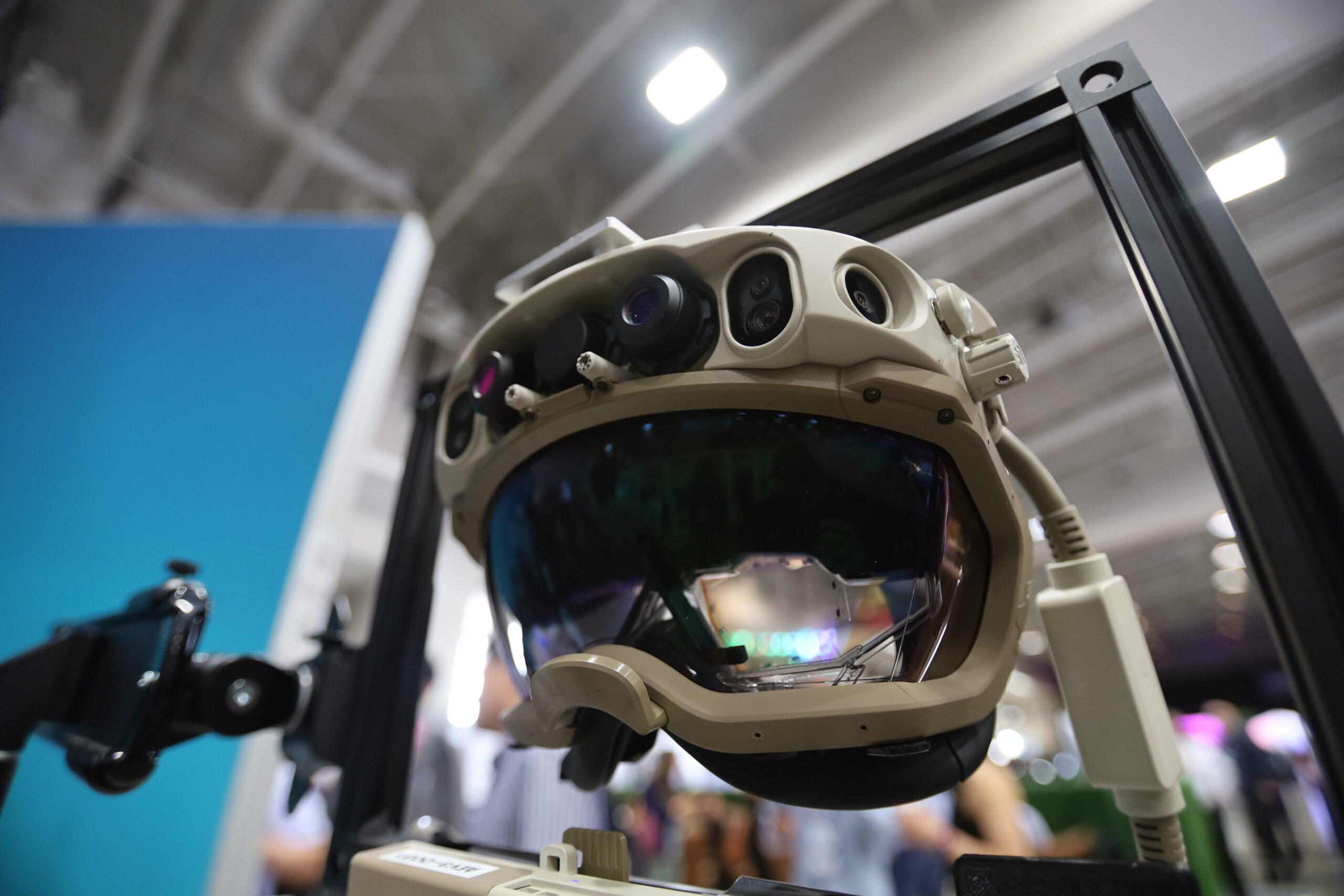
Department of Energy Advances AI for Sustainability
The Department of Energy also exhibited at the AI Expo, making several AI announcements and showcasing ways the department is using AI to improve analysis and efficiency. The Department of Energy’s Frontiers in Artificial Intelligence for Science, Security, and Technology (FASST) initiative is one of several DoE programs using AI to help curb emissions and bolster energy security through optimized production, transmission, and consumption. These many initiatives show how the DoE is actively incorporating AI advances to promote and implement environmentally-conscious solutions to solve urgent climate and energy challenges.
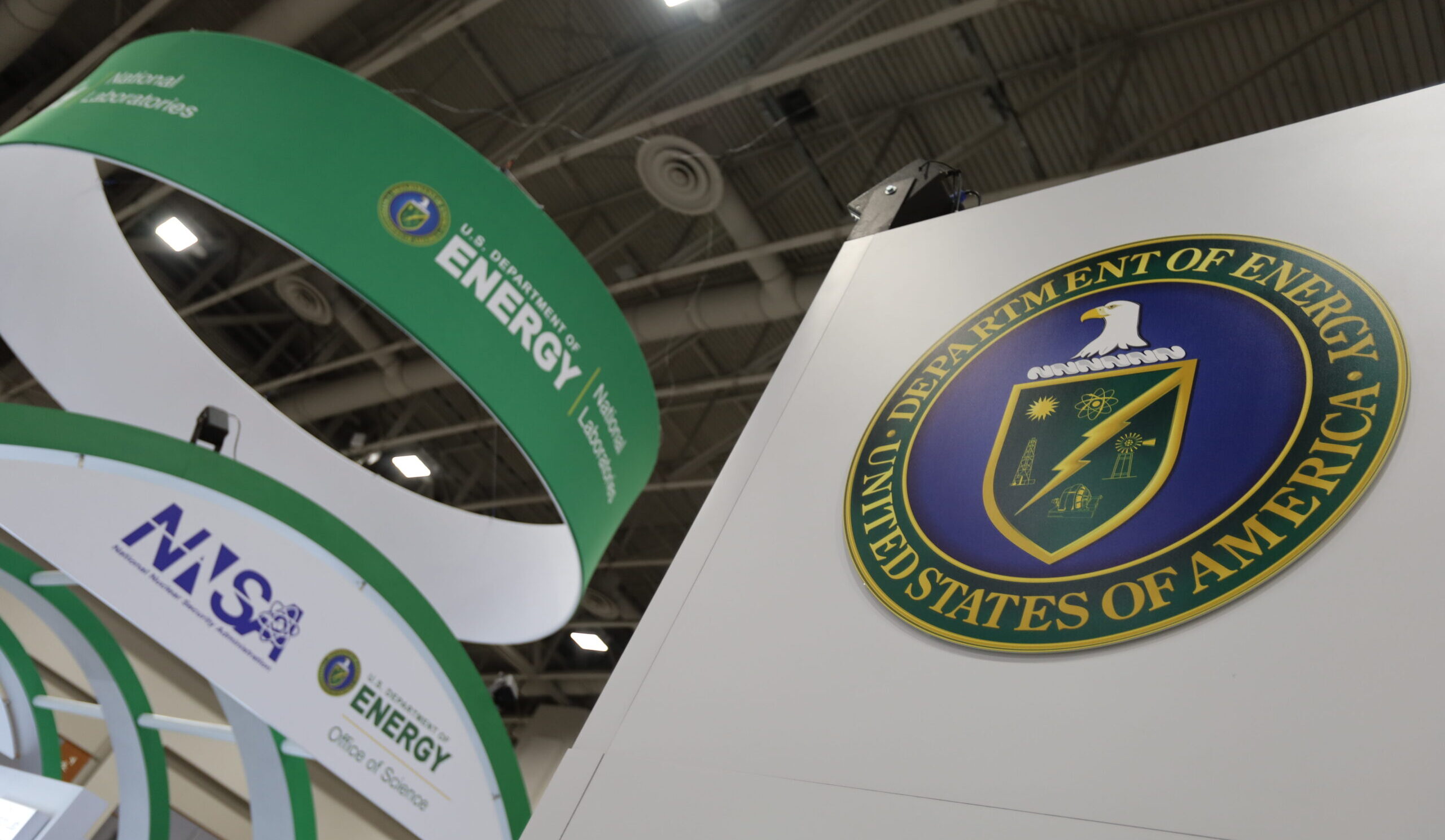
The Call for Cross-Disciplinary Collaboration in AI
Throughout the event, a unifying theme emerged: the pressing need for cross-disciplinary collaboration and knowledge-sharing to fully unleash AI’s transformative potential. Although unscrupulous use of AI brings risks, governments and industry can and must cooperate to ensure these risks don’t interfere with shared prosperity. As experts converged to share insights, tackle obstacles, and forge new synergies, the palpable energy among attendees at the AI Expo reflected a collective recognition that harnessing AI will shape our collective future.
